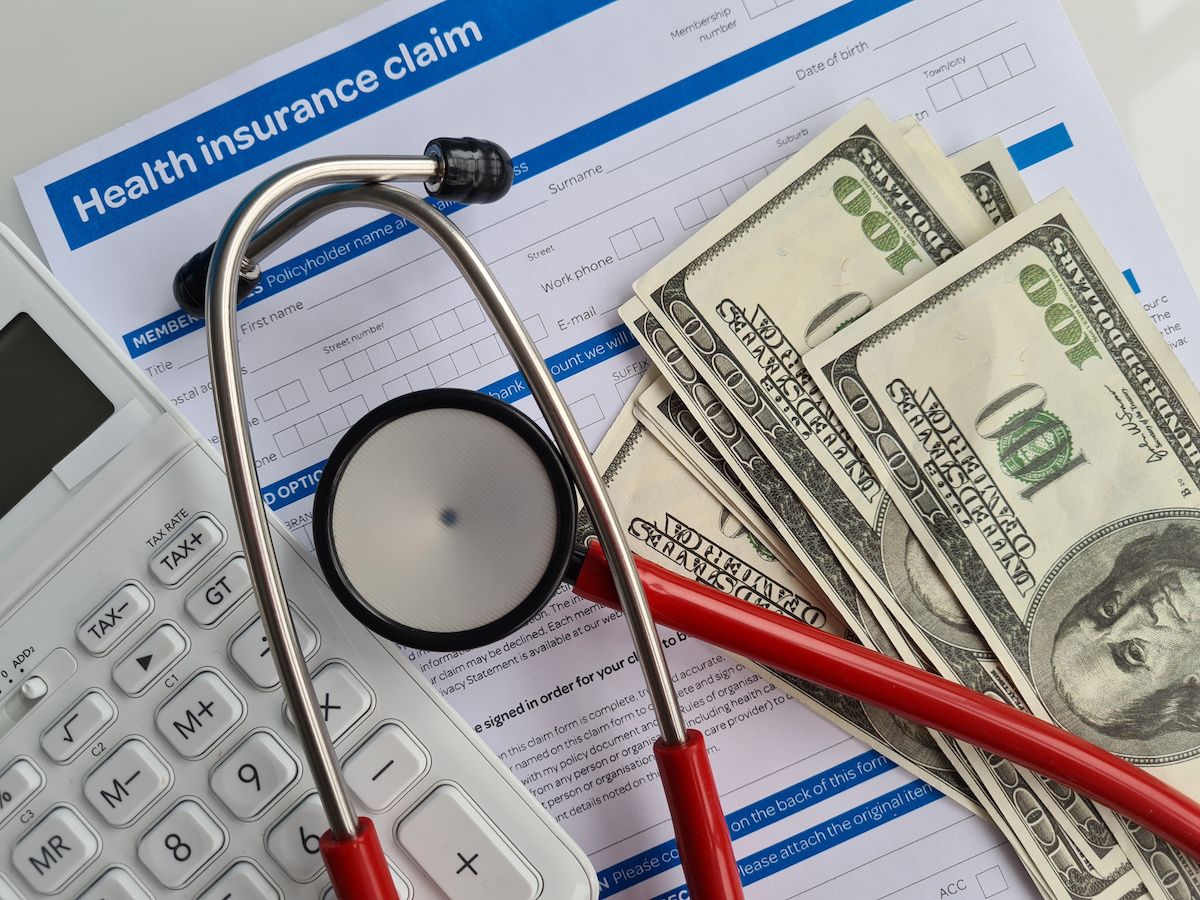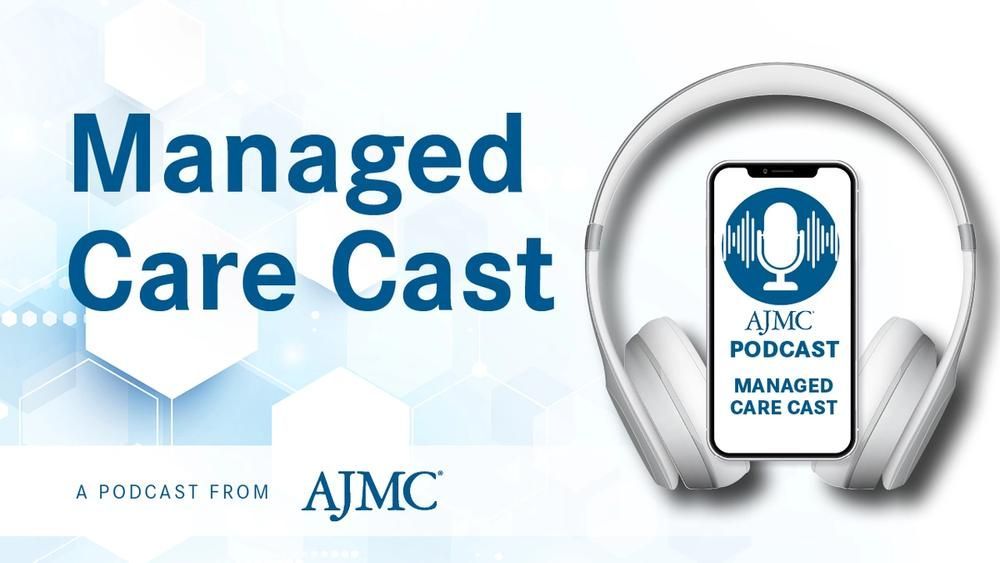News
Article
11% of Americans Cannot Access Quality Health Care, Survey Finds
Author(s):
Key Takeaways
- Approximately 11% of U.S. adults are "Cost Desperate," unable to afford or access quality healthcare.
- Rising healthcare costs have disproportionately affected minority communities and low-income households, increasing disparities.
The West Health-Gallup Healthcare Indices Study indicates that approximately 29 million people are unable to afford or access quality healthcare, the highest since 2021.
Quality health care is difficult to afford or access for approximately 29 million adults living in the United States, according to the West Health-Gallup Healthcare Indices Study.1 This number equates to 11% of adults being deemed "Cost Desperate" because they cannot afford or access quality health care.
Health care accessibility and affordability has been a hot topic as prices for basic care have increased. According to the KFF, health care costs have generally grown faster than inflation, with the overall consumer price growing by 3.0% in June 2024 compared with the previous year and medical care costs increasing by 3.3% in that same time frame. The US spends more per capita on health spending than other wealthy nations.2,3 These cost increases have left many Americans disenfranchised, as evidenced by this new study conducted by Gallup and West Health.
Increases in individuals classified as "Cost Desperate" since 2021 were driven by minority communities and the lowest-income households. Hispanic adults had an 8 percentage point increase to 18% from 2021, Black adults a 5 percentage point increase to 14% overall, and the lowest-income households making less than $24,000 had an 11 percentage point increase to 25%. These results also correlated with the highest disparities in access to health care based on race, ethnicity, and income, as those who were middle- to high-income earners and identified as White had no meaningful change in access compared with the 2021 study.
The percentage of Cost Desperate adults in the US has increased in the United States | Image credit: jirsak - stock.adobe.com

The proportion of "Cost Desperate" individuals also increased across all age groups, with those younger than 50 years seeing the highest increase at 4 percentage points, now equaling 14%. Those between the ages of 50 and 64 years saw an increase of 3 points to 11%, and those aged 65 years and older saw an increase of 1 point to 4%.
Those who were defined as "Cost Secure," or those who have access to quality and affordable care that they can pay for, reached a new low in 2024 at only 51% of Americans being defined as "Cost Secure." Similar to the increase in "Cost Desperate" individuals in these demographics, Hispanic adults (17-point decrease to 34%) and Black adults (13-point decrease to 41%) experienced the biggest decrease in "Cost Secure" individuals. Individuals who earned less than $24,000 per year also saw a 14-point decrease to 23%, and individuals earning between $24,000 and $48,000 saw a 12-point decrease to 30% in those who can be deemed "Cost Secure." The percentage of "Cost Secure" individuals did not decrease in White adults.
A total of 35% of Americans reported that they were not able to access quality and affordable health care in 2024, which was 4 points higher than in 2023 and the highest reported since 2021. Difficulty increased by 11 points in those earning less than $24,000 per year, now totaling 64%, whereas households earning $24,000 to $48,000 had a 12-point increase to 57%. No change was reported in households earning $120,000 or more per year, demonstrating a wider disparity gap since 2021.
“Healthcare affordability and access continue to erode nationally, and this issue is especially acute among Black, Hispanic, and lower-income adults," Dan Witters, senior researcher at Gallup, said in a statement.4 "White adults and those in higher-income households, in contrast, remain largely insulated from these worsening trends. Among these groups, this is the widest gap in access to care we have recorded thus far, with many Americans experiencing increased hardship year over year."
These results could have major implications for Americans as they navigate health care, including whether they engage in health care as well as how much money Americans can spend on health care. Americans have reported feeling concerned about potential medical debt due to an unexpected medical cost. This has caused Americans to cut spending on utilities and an increase in stress due to not being able to afford health care.
"Policy action at both the state and federal level is urgently needed, or even more Americans will have to go without treatment or be forced to make painful tradeoffs between paying for medical care or paying for other necessities. The human and economic costs are enormous," said Tim Lash, president of the West Health Policy Center.4
References
- Witters D, Maese E. In U.S., instability to pay for care, medicine hits new high. Gallup. April 2, 2025. Accessed April 3, 2025. https://news.gallup.com/poll/658148/inability-pay-care-medicine-hits-new-high.aspx
- Cox C, Ortaliza J, Wager E, Amin K. Health care costs and affordability. KFF. May 28, 2024. Accessed April 3, 2025. https://www.kff.org/health-policy-101-health-care-costs-and-affordability/
- Rakshit S, Wager E, Hughes-Cromwick P, Cox C, Amin K. How does medical inflation compare to inflation in the rest of the economy? KFF. August 2, 2024. Accessed April 3, 2025. https://www.healthsystemtracker.org/brief/how-does-medical-inflation-compare-to-inflation-in-the-rest-of-the-economy
- Inability to pay for healthcare reaches record high in U.S. News release. West Health; April 2, 2025. Accessed April 3, 2025. https://westhealth.org/news/inability-to-pay-for-healthcare-reaches-record-high-in-u-s/https://westhealth.org/news/inability-to-pay-for-healthcare-reaches-record-high-in-u-s/





